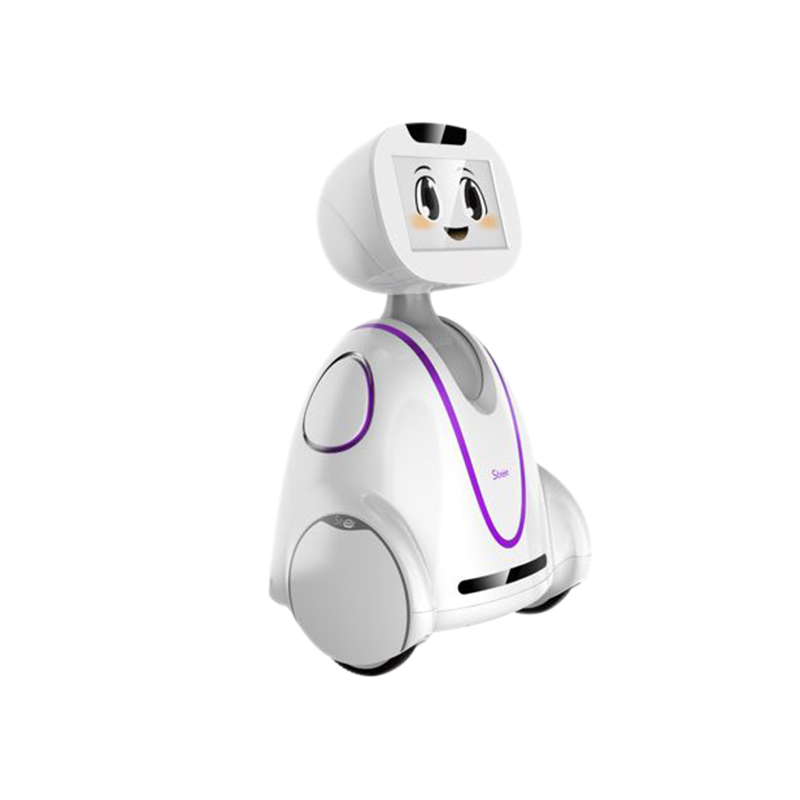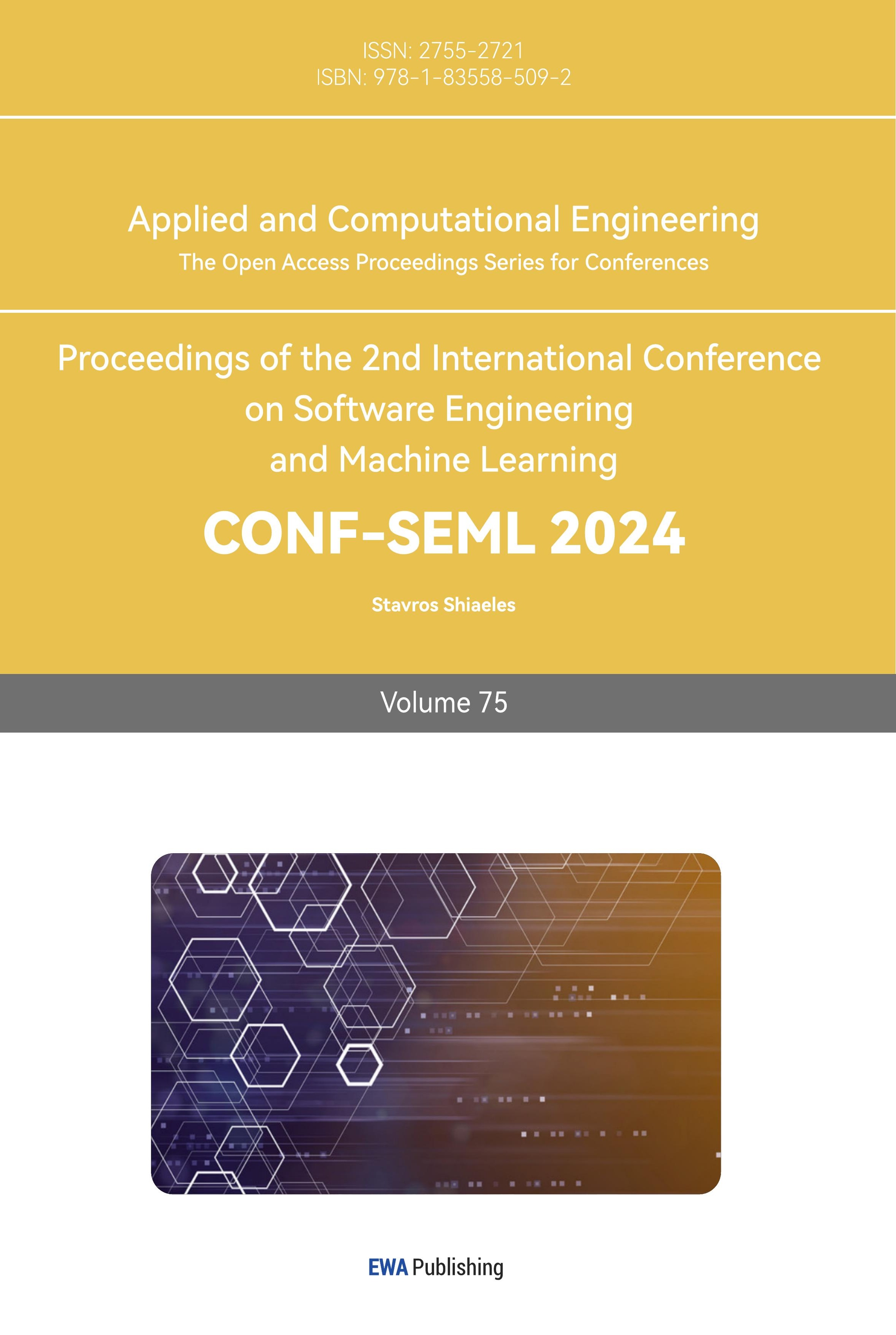1. Introduction
The research on humanoid robots began in the 1960s, when scientists in the United States and Soviet Union began exploring how to create robots with human form and behavior. With the continuous development of computer technology, sensor technology, artificial intelligence, and other fields, the research on humanoid robots has gradually made many breakthroughs. In the research process of humanoid robots, scientists have encountered many technical challenges, such as how to create robots with human form and structure, how to achieve human action and language imitation, and how to make robots have self-awareness and emotions. However, with the advancement of technology, these challenges are gradually being overcome. At present, the research on humanoid robots has become a popular direction in the field of robotics, attracting more and more scientists and engineers to participate.
Humanoid robots have always been a hot topic in the field of robotics. With the development of artificial intelligence and mechatronics technology, humanoid robots have made great progress in recent years. These robots can move like humans,understand human language, and interact with humans in daily life, which has brought more possibilities for human life.
Humanoid robots have gained increasing attention in recent years, as they possess unique capabilities that enable them to interact with humans and perform tasks that are not feasible for conventional robots. These robots can move and behave like humans, allowing for more natural and efficient interactions with humans in a variety of settings. This paper provides a detailed analysis of the latest research and development in the field of humanoid robots, exploring their various applications and potential future trends.
2. The application of Humanoid Robot
A humanoid robot is a robot that has a human-like appearance and is designed to perform human tasks. These robots have a similar structure as humans, with a head, body, arms, and legs. They are usually equipped with sensors and artificial intelligence technology that enables them to interact with their environment and perform a variety of tasks.
Humanoid robots have a wide range of applications in different fields. Some of the major applications include:
Assistance in daily activities: Humanoid robots can be used to assist humans in daily activities such as cooking, cleaning, and household chores. They can also be used as companions for the elderly or people with special needs.
Healthcare: Humanoid robots can be used in the healthcare industry to perform tasks such as physical therapy, assisting doctors in surgery, and drug testing.
Education: Humanoid robots can be used as teaching assistants, providing interactive experiences for students, particularly in subjects such as science and technology as shown in figure 1[1].
Entertainment: Humanoid robots can be used in the entertainment industry for roles in movies, television shows, and as performers in concerts and circuses.
Research: Humanoid robots are also used for research purposes to study human-robot interactions, human locomotion, and human-centered robot design.
The hardware design of humanoid robots is one of the key factors that determine their performance. The humanoid robots need to have a suitable mechanical structure and high-performance sensors and actuators to ensure accurate movement and safe inter action with humans [2,3].
The control system is the core of humanoid robots. It can control the movement and behavior of robots through programming and algorithms [4.5]. The perception system is an important part of humanoid robots, which can perceive the environment and understand human language and behavior through various sensors [6,7]. Humanoid robots have a wide range of applications, including service robots, entertainment robots, and industrial robots. The paper introduces the application of humanoid robots in service industry and its impact on social life[8].

Figure 1. Educational Robot
3. Challenges
3.1. Development of artificial intelligence in the field of humanoid robots
With the continuous progress of artificial intelligence technology, the design and implementation of humanoid robots have become a hot research field. The development of technologies such as deep learning and image processing has made it possible to achieve high-precision positioning, tracking, and recognition functions for humanoid robots.
3.2. Adaptability of humanoid robots in complex environments
The adaptability of humanoid robots in complex environments is one of their important advantages. Compared with traditional industrial robots, humanoid robots can better adapt to ergonomic principles and respond more flexibly to various complex environments.
4. Discussion
The research on humanoid robots is of great significance, mainly manifested in the following aspects.
With the intensification of the global aging trend, the demand for elderly care in society continues to grow. Humanoid robots can provide assistance in daily life, enhance the elderly's ability to take care of themselves, and play important roles in smart homes, smart healthcare, military, and other fields, becoming important partners in people's lives and wars.
Humanoid robots not only require more advanced artificial intelligence technology, but also require more intelligent mechanical learning and self-learning abilities. This requires us to conduct in-depth research around artificial intelligence related technologies, improve problem-solving capabilities in algorithms, perception, control, planning, and other aspects, in order to promote technological updates.
The research and application of humanoid robots can drive the development of the robot industry chain and promote economic growth.
Humanoid robots can serve as props in the fields of education and scientific research, providing scientists and researchers with various testing and experimental data that helps to deeply explore the mechanisms and laws of human psychology, behavior, and physiology.The research and application of humanoid robots can alleviate the pressure on human resources, improve production efficiency, and also help improve the quality of human life, promoting sustainable social development.
5. Conclusion
The research on humanoid robots involves knowledge and technology in multiple fields, such as physical modeling, perception and recognition, motion control and planning, human-machine interaction and collaboration, artificial intelligence and machine learning, social and ethical issues, manufacturing and design technologies, etc. The research in these fields will provide important support and guidance for the development and application of humanoid robots.
Humanoid robots have the potential to revolutionize many aspects of society, from assisting humans in daily activities to performing complex tasks in industries and research. However, there are several challenges that need to be addressed for the successful development and implementation of these robots. With continued research and technological advancements, we can expect to see significant progress in the field of humanoid robotics in the coming years.
This section provides a summary of the main findings and conclusions of the research.lt should be concise yet clear, highlighting the main contributions of the study to the field of robotics. The conclusion should also suggest areas for future research and areas that need further exploration.
References
[1]. Spro.so (2024) http://spro.so.com/searchthrow/api/midpage/throw?ls=s112c46189d&lm_extend=ctype:3&ctype=3&q=%E6%95%99%E8%82%B2%E6%9C%BA%E5%99%A8%E4%BA%BA&rurl=http%3A%2F%2Fb2b.huangye88.com%2Fqiye2503056%2F&img=http%3A%2F%2Foss.huangye88.net%2Flive%2Fuser%2F2503056%2F1513407535061043000-0.jpg&key=t04396d3897e51ce489.jpg&s=1710485123142
[2]. Cohen, L., Khoramshahi, M., Salesse, R. N., Bortolon, C., Słowiński, P., Zhai, C., ... & Raffard, S. (2017). Influence of facial feedback during a cooperative human-robot task in schizophrenia. Scientific reports, 7(1), 15023.
[3]. Betriana, F., Tanioka, R., Yokotani, T., Matsumoto, K., Zhao, Y., Osaka, K., ... & Tanioka, T. (2022). Characteristics of interactive communication between Pepper robot, patients with schizophrenia, and healthy persons. Belitung Nursing Journal, 8(2), 176-184.
[4]. Liu, H., Tang, E., Guan, C., Li, J., Zheng, J., Zhou, D., ... & Chen, H. (2024). Not socially blind: Unimpaired perception of social interaction in schizophrenia. Schizophrenia research, 264, 448-450.
[5]. Sato, M., Yasuhara, Y., Osaka, K., Ito, H., Dino, M. J. S., Ong, I. L., ... & Tanioka, T. (2020). Rehabilitation care with Pepper humanoid robot: A qualitative case study of older patients with schizophrenia and/or dementia in Japan. Enfermeria clinica, 30, 32-36.
[6]. Hardoy, M. C., Carta, M. G., Catena, M., Hardoy, M. J., Cadeddu, M., Dell'Osso, L., ... & Carpiniello, B. (2004). Impairment in visual and spatial perception in schizophrenia and delusional disorder. Psychiatry research, 127(1-2), 163-166.
[7]. Kim, K., Kim, J. J., Kim, J., Park, D. E., Jang, H. J., Ku, J., ... & Kim, S. I. (2006). Characteristics of social perception assessed in schizophrenia using virtual reality. Cyberpsychology & behavior, 10(2), 215-219.
[8]. Franek, M., Vaculin, S., Yamamotova, A., Stastný, F., Bubenikova-Valesova, V., & Rokyta, R. (2010). Pain perception in neurodevelopmental animal models of schizophrenia. Physiological Research, 59(5), 811.
Cite this article
Zhao,X. (2024). Research on the application of humanoid robots. Applied and Computational Engineering,75,54-57.
Data availability
The datasets used and/or analyzed during the current study will be available from the authors upon reasonable request.
Disclaimer/Publisher's Note
The statements, opinions and data contained in all publications are solely those of the individual author(s) and contributor(s) and not of EWA Publishing and/or the editor(s). EWA Publishing and/or the editor(s) disclaim responsibility for any injury to people or property resulting from any ideas, methods, instructions or products referred to in the content.
About volume
Volume title: Proceedings of the 2nd International Conference on Software Engineering and Machine Learning
© 2024 by the author(s). Licensee EWA Publishing, Oxford, UK. This article is an open access article distributed under the terms and
conditions of the Creative Commons Attribution (CC BY) license. Authors who
publish this series agree to the following terms:
1. Authors retain copyright and grant the series right of first publication with the work simultaneously licensed under a Creative Commons
Attribution License that allows others to share the work with an acknowledgment of the work's authorship and initial publication in this
series.
2. Authors are able to enter into separate, additional contractual arrangements for the non-exclusive distribution of the series's published
version of the work (e.g., post it to an institutional repository or publish it in a book), with an acknowledgment of its initial
publication in this series.
3. Authors are permitted and encouraged to post their work online (e.g., in institutional repositories or on their website) prior to and
during the submission process, as it can lead to productive exchanges, as well as earlier and greater citation of published work (See
Open access policy for details).
References
[1]. Spro.so (2024) http://spro.so.com/searchthrow/api/midpage/throw?ls=s112c46189d&lm_extend=ctype:3&ctype=3&q=%E6%95%99%E8%82%B2%E6%9C%BA%E5%99%A8%E4%BA%BA&rurl=http%3A%2F%2Fb2b.huangye88.com%2Fqiye2503056%2F&img=http%3A%2F%2Foss.huangye88.net%2Flive%2Fuser%2F2503056%2F1513407535061043000-0.jpg&key=t04396d3897e51ce489.jpg&s=1710485123142
[2]. Cohen, L., Khoramshahi, M., Salesse, R. N., Bortolon, C., Słowiński, P., Zhai, C., ... & Raffard, S. (2017). Influence of facial feedback during a cooperative human-robot task in schizophrenia. Scientific reports, 7(1), 15023.
[3]. Betriana, F., Tanioka, R., Yokotani, T., Matsumoto, K., Zhao, Y., Osaka, K., ... & Tanioka, T. (2022). Characteristics of interactive communication between Pepper robot, patients with schizophrenia, and healthy persons. Belitung Nursing Journal, 8(2), 176-184.
[4]. Liu, H., Tang, E., Guan, C., Li, J., Zheng, J., Zhou, D., ... & Chen, H. (2024). Not socially blind: Unimpaired perception of social interaction in schizophrenia. Schizophrenia research, 264, 448-450.
[5]. Sato, M., Yasuhara, Y., Osaka, K., Ito, H., Dino, M. J. S., Ong, I. L., ... & Tanioka, T. (2020). Rehabilitation care with Pepper humanoid robot: A qualitative case study of older patients with schizophrenia and/or dementia in Japan. Enfermeria clinica, 30, 32-36.
[6]. Hardoy, M. C., Carta, M. G., Catena, M., Hardoy, M. J., Cadeddu, M., Dell'Osso, L., ... & Carpiniello, B. (2004). Impairment in visual and spatial perception in schizophrenia and delusional disorder. Psychiatry research, 127(1-2), 163-166.
[7]. Kim, K., Kim, J. J., Kim, J., Park, D. E., Jang, H. J., Ku, J., ... & Kim, S. I. (2006). Characteristics of social perception assessed in schizophrenia using virtual reality. Cyberpsychology & behavior, 10(2), 215-219.
[8]. Franek, M., Vaculin, S., Yamamotova, A., Stastný, F., Bubenikova-Valesova, V., & Rokyta, R. (2010). Pain perception in neurodevelopmental animal models of schizophrenia. Physiological Research, 59(5), 811.









